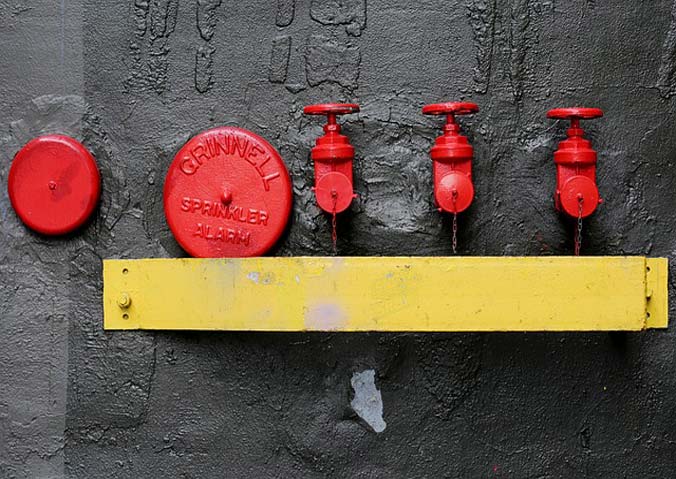Who Is Responsible For Fire Safety In Your Workplace?
Fire safety is a huge concern in workplaces throughout Australia, especially in the hotter, drier parts of the country. While fire protection equipment like fire extinguishers and sprinkler systems can help protect your workplace, effective fire safety is about more than just installing the right protective gear.
Ultimately, you can have the best fire safety equipment in the world, but if no one knows how to use it, it will be pretty ineffective. It is therefore extremely important to make sure that you understand who is responsible for fire safety in your workplace, and to make sure that they understand what their responsibilities are.
So, Who Is Responsible?
Under Australian occupational health and safety laws, the management of any business or company has the responsibility to make sure that all health and safety risks – such as fire – are minimised. If a fire does occur, there must be someone on site who knows where fire safety equipment is kept, how it is operated and what sort of fire safety gear is appropriate for different types of fires.
However, it is also the responsibility of employees to cooperate with a workplace’s fire management policies and procedures. In a lot of workplaces, these will include some sort of safety induction at the start of a job or when you enter a new workplace. This will often include an identification of where fire safety equipment is kept, and a brief explanation of how it is used. It is your responsibility, as an employee, to make sure that you take note of any safety information provided by your employer.
At the end of the day, responsibility will always come back to the people who run and manage a business, even if problems aren’t directly their fault. It is therefore important to make sure that you have the right fire safety equipment and plans in place so that people know what to do in case of a fire.
What Sort Of Safety Equipment Should Be In Your Workplace?
Ultimately, the exact nature of the fire safety equipment in your workplace will depend on the type of workplace you have and what the hazards are. The following should be considered, and some are required by law, depending on your situation:
- Fire extinguishers of the right type for the main hazards in your business. For example, if there is a risk of an oil spill and fire, make sure that you have an extinguisher to deal with this.
- Fire hydrants and hoses as needed, especially for larger industrial buildings.
- Emergency exits to provide a clear path away from any fire.
- Sprinkler systems to allow the effective management of a fire from within a building.
Ultimately, the most important thing is to make sure that you read and understand the relevant occupational health and safety regulations for your state or territory. Understand what your responsibilities are, and make sure that you have clear fire prevention and mitigation practices in place.

